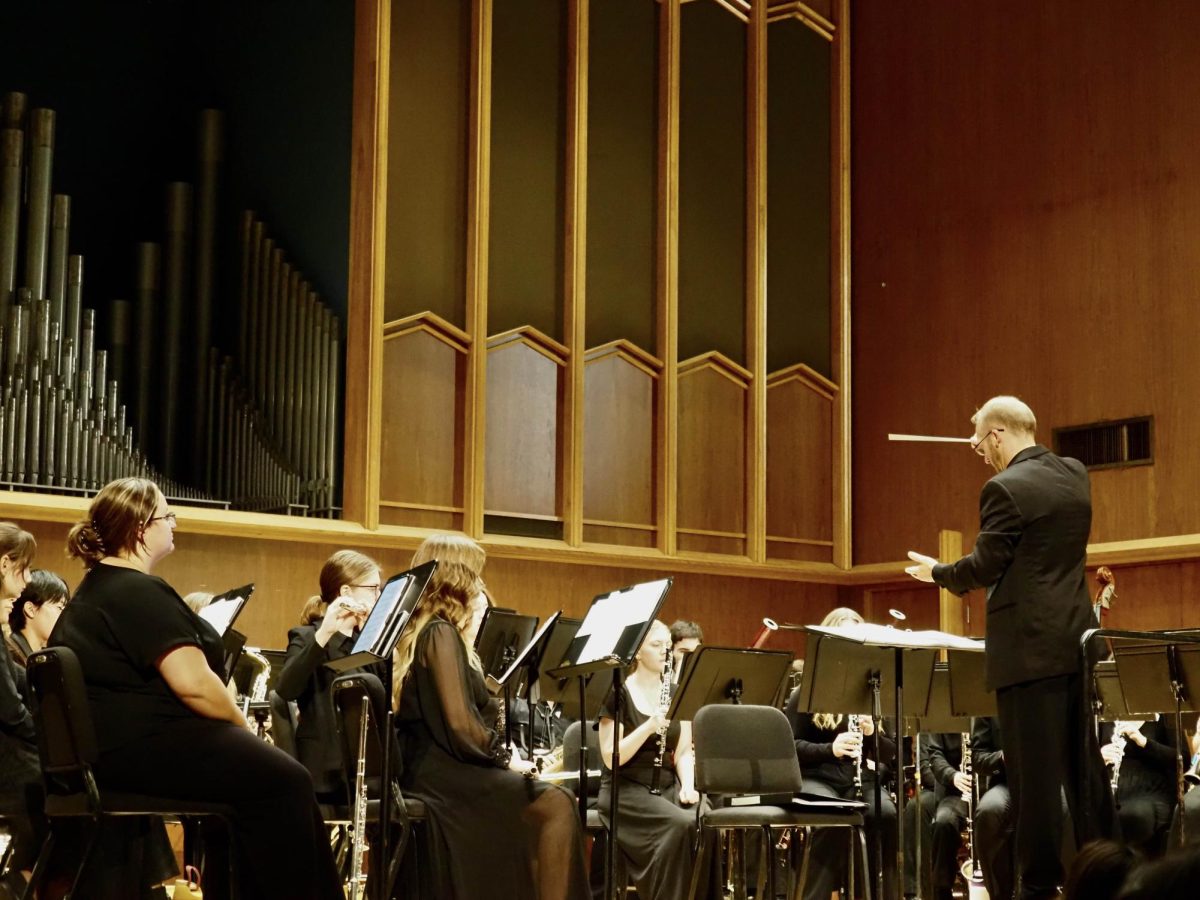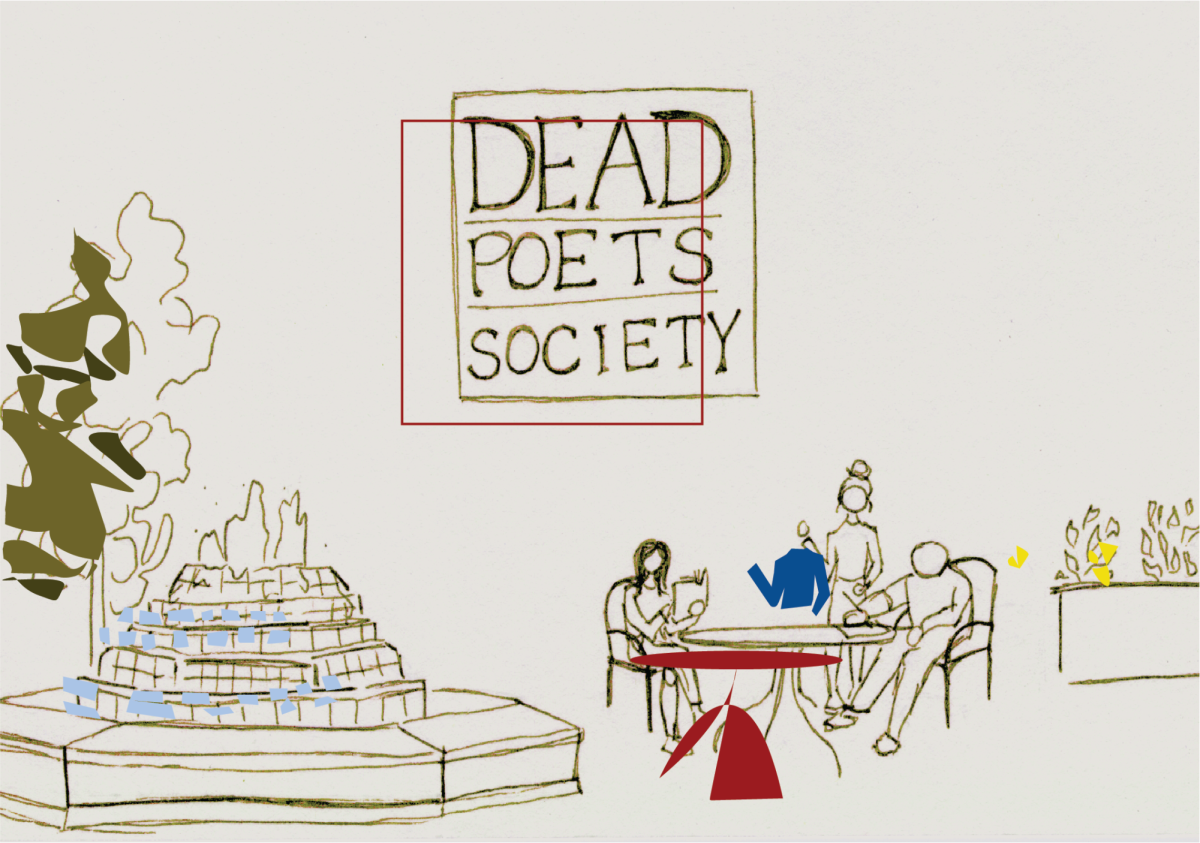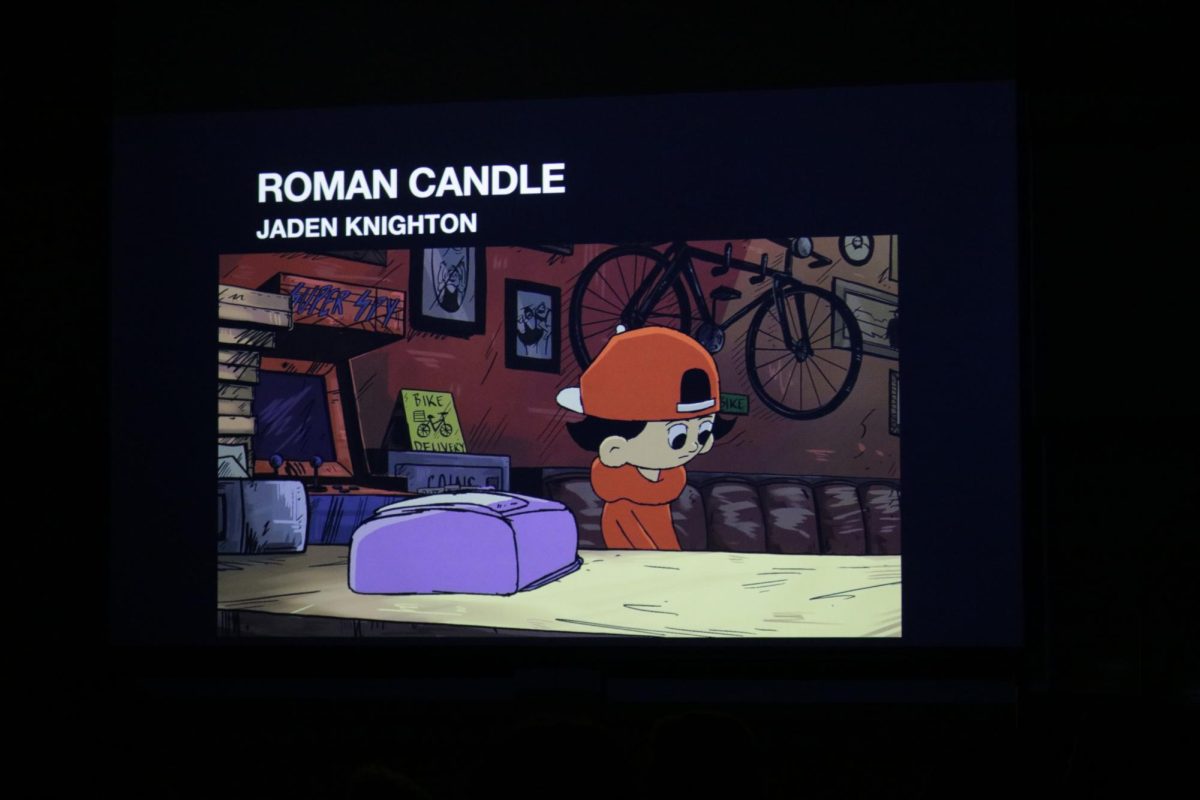A Gofundme account opened on Jan. 29, 2017 in support of a 22-year-old woman named Emily Hoffman after she sustained severe brain and jaw injuries from an unidentified man in a mosh pit. She was spin kicked in the face at a Code Orange show in Salt Lake City, Utah — a city with a notorious history of militant straight-edge gangs — eight days pior, which knocked her out cold. She required six days in intensive care and as many hours of reconstructive surgery on her broken jaw and trauma-induced brain bleeding, and now looks at a three-month path to recovery. Code Orange reached out, voicing a desire to help Hoffman’s situation.
disorientingly dark exterior
Such a horrific event should certainly be dealt with accordingly, but the undercurrents of this event speak volumes of an ongoing problem within the hardcore scene as a whole. Once bands like this make it big, the resulting clash of cultures becomes painfully inevitable.
Hailing from Pittsburgh, Code Orange made their Roadrunner Records debut on Jan. 13, 2017, entitled “Forever.” Effectively elaborating on the quirky take on beatdown hardcore they introduced with 2014’s “I Am King,” the fearsome foursome tactfully throws listeners for a loop with foyes into industrial, hip-hop and even grunge while delivering devastating breakdowns and slams their fans love so much. The undeniable talent exuding from this disorientingly dark exterior has garnered them increasing attention from the likes of Rolling Stone, landing them at number 62 on Billboard’s top album sales chart. However, their roots actually span a large swath of territory in hardcore punk and metal.
Whether one looks at the Converge worship of 2013’s “Love Is Love / Return to Dust” or the shameless emo revival of their contribution to a split with The World Is…,Self Defense Family and Tigers Jaw, it becomes clear that Code Orange’s recent transition into heavier realms hardly touches on the band’s history. Their eclectic sound affects their fan base, in that those who discovered them because they shared an EP with Top Shelf Records luminaries or had an album produced by Converge’s Kurt Ballou might find themselves digging “Forever” when they normally would never have heard such music.
An immediate crowdkill
In the same way, fans of Xibalba and Jesus Piece might hear the same songs and immediately crowd kill, a violent form of moshing that targets people outside the pit. Code Orange has fostered a community drawing from many factions of independent music, with their musicality beaconing them to the same clubs. Therein lies the environment that resulted in Hoffman’s horrifying experience.
With Code Orange breaking through more barriers and building a larger fanbase, the importance of coexisting comes to the forefront. Crowd killing makes sense in a more familial community where simultaneously beating each other up and taking care of each other has any logical foundation. Once large crowds of people who do not understand the nuances of beatdown hardcore show up to watch the next big thing in heavy music run the risk of getting hurt, while a 300-pound Nails-shirt-toting colossus may overlook their new environment while throwing down like always and or even pose an active danger to people around them.
No band controls who likes their music, and can only do so much to look after their fans. At the end of the day, concert goers like Hoffman cannot attend shows like this with any assurance of safety until fans learn to coexist. Code Orange does not belong to the hardcore-bros, the emo revivalists or the curious bystander. Music’s potential as a unifying force becomes realized as people of all walks of life can congregate in a common love of music.







